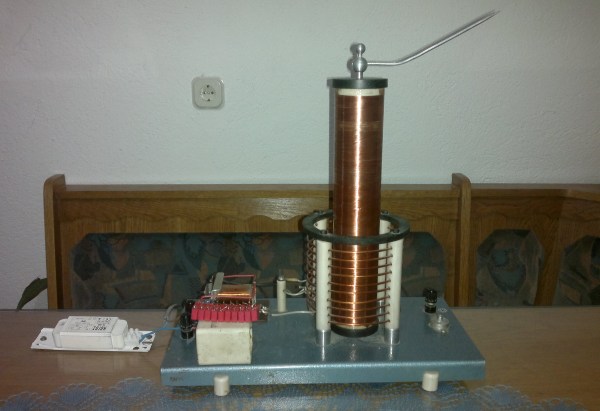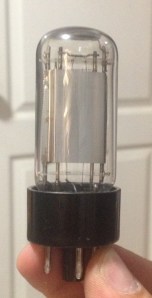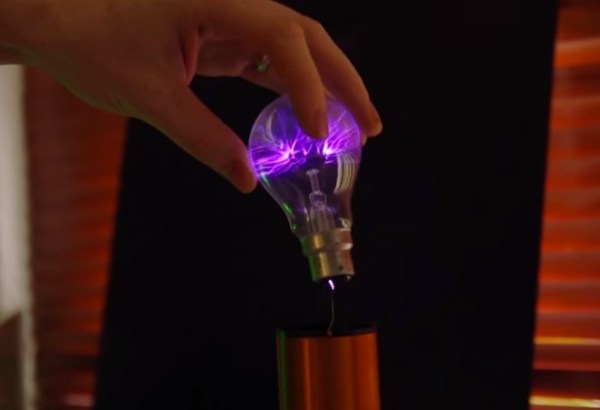In the high-voltage world, a Jacob’s ladder is truly a sight to behold. They are often associated with mad scientist labs, due to both the awesome visual display and the sound that they make. A Jacob’s ladder is typically very simple. You need a high voltage electricity source and two bare wires. The wires are placed next to each other, almost in parallel. They form a slight “V” shape and are placed vertically. The system acts essentially as a short-circuit. The voltage is high enough to break through the air at the point where the wires are nearest to each other. The air rises as it heats up, moving the current path along with it. The result is the arc slowly raising upwards, extending in length. The sound also lowers in frequency as the arc gets longer, and once [Gristc] tuned his system just right the sound reminds us of the Holy Trilogy.
We’ve seen these made in the past with other types of transformers that typically put out around 15,000 Volts at 30mA. In this case, [Gristc] supersized the design using a much beefier transformer that puts out 11,000 Volts at 300mA. He runs the output from the transformer through eight microwave oven capacitors as a ballast. He says that without this, the system will immediately trip the circuit breakers in his house.
In the demo video below, you can see just how large the arc is. It appears to get about 10 inches long before breaking with a sound different from any Jacob’s ladders we’ve seen in the past as well. Continue reading “11,000 Volt Jacob’s Ladder Sounds Like A Lightsaber”


















